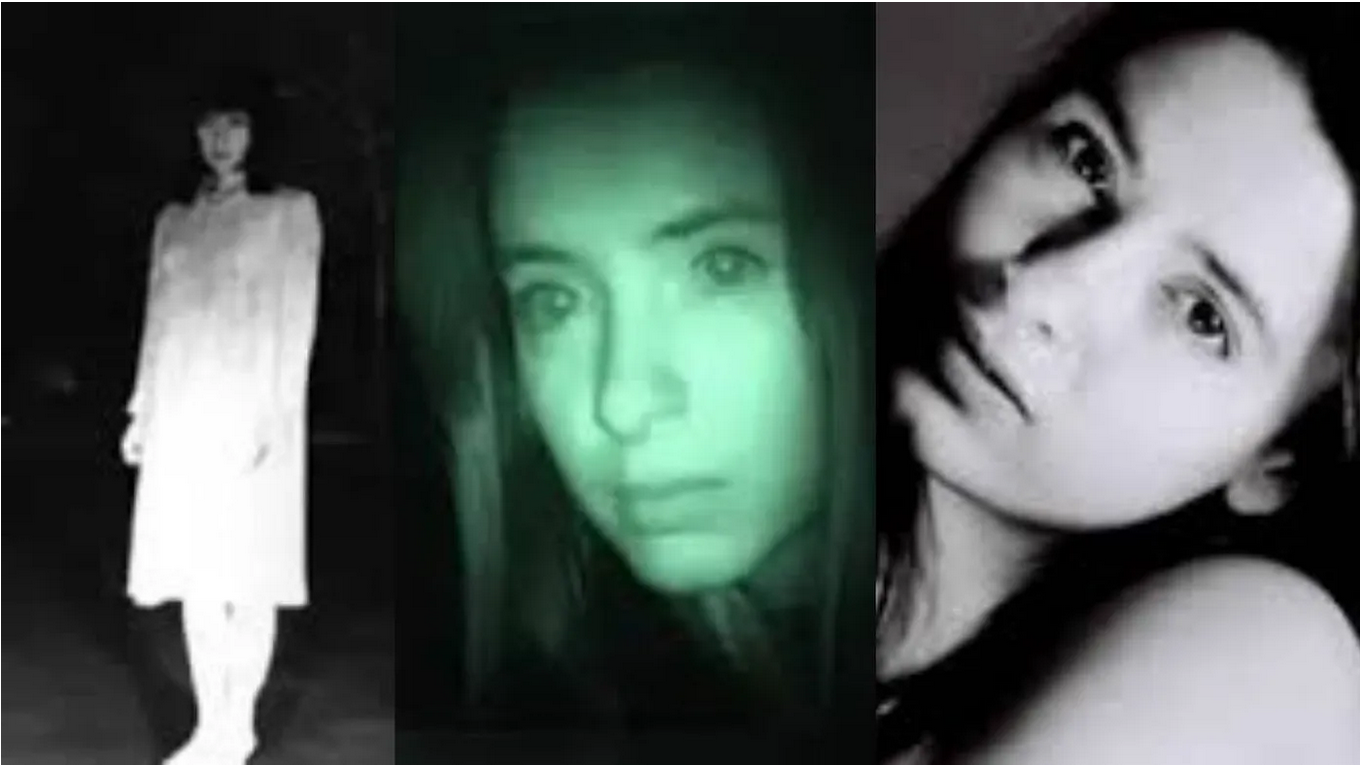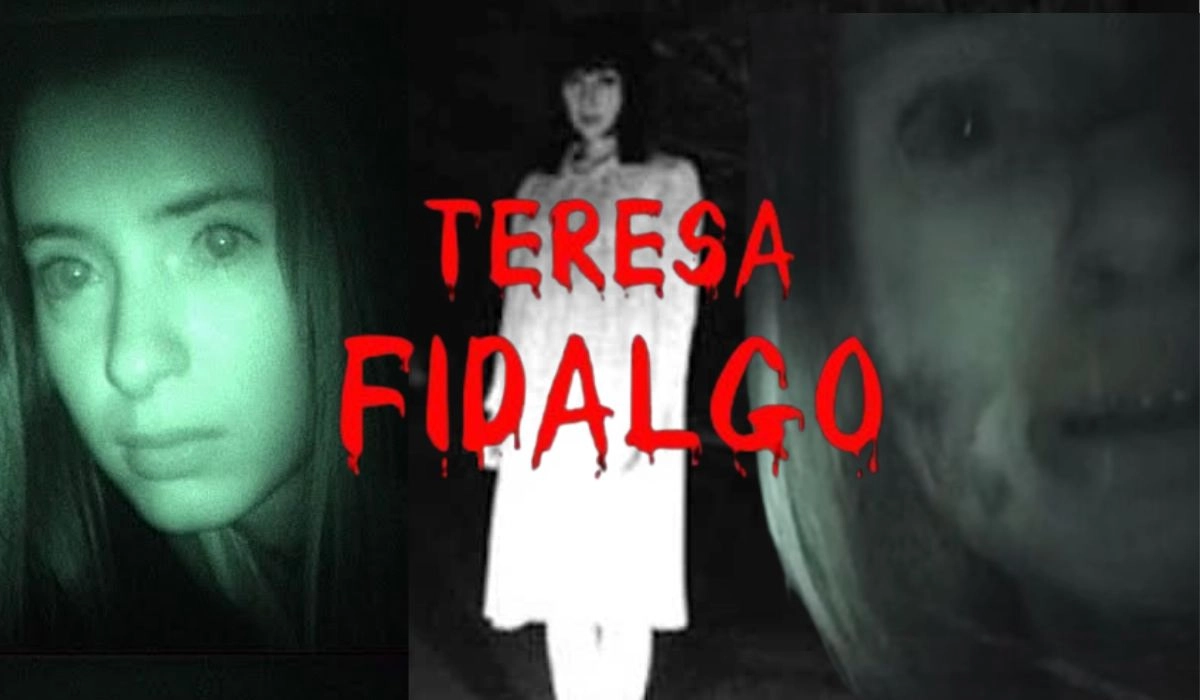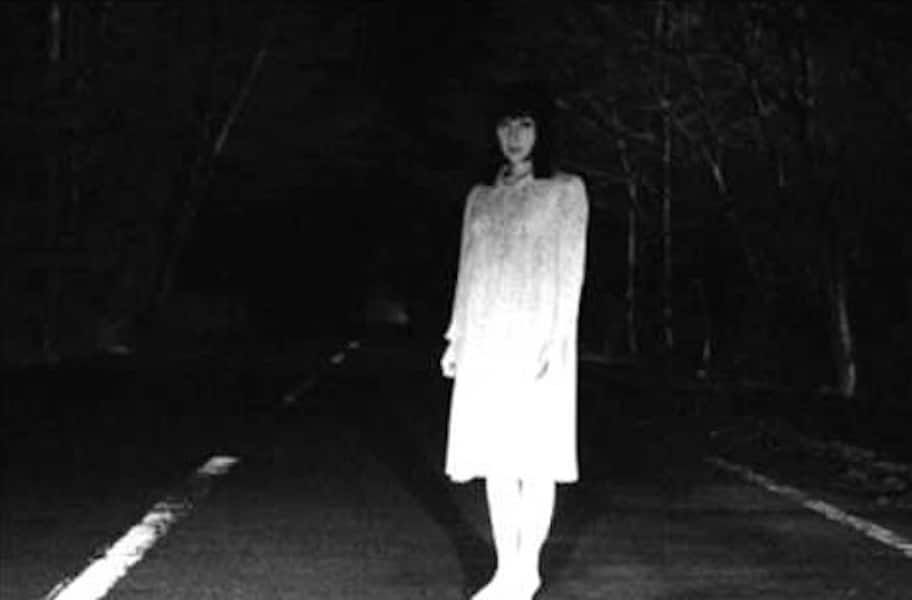Is a chilling tale of a spectral hitchhiker, shared across social media, genuinely something to fear? The unsettling story of Teresa Fidalgo, a name whispered with trepidation in online circles, is, in fact, nothing more than a meticulously crafted digital illusion, designed to send a shiver down your spine.
The story, which has circulated across platforms like Instagram, Facebook, WhatsApp, and even through the more traditional channels of email, centers on the supposed ghost of a young woman named Teresa Fidalgo. The tale, rooted in the landscape of Portugal, speaks of a tragic car accident and the subsequent haunting of those who share her story online. The narrative is a potent blend of fear and the unknown, precisely crafted to exploit the anxieties and vulnerabilities inherent in our digital age. The specificity of the story, and its claimed links to a real-world event, have given it a chilling believability.
The genesis of the Teresa Fidalgo myth can be traced back to a short film titled "A Curva" (The Curve), produced in 2003 by Portuguese filmmaker David Rebordo. The film depicts Teresa Fidalgo, portrayed as a spectral figure haunting a road near Sintra, Portugal. The film's realistic cinematography and unsettling atmosphere contributed significantly to the story's subsequent viral spread.
| Aspect | Details |
|---|---|
| Name | David Rebordo |
| Profession | Filmmaker, Director |
| Nationality | Portuguese |
| Notable Work | "A Curva" (The Curve) - 2003 short film |
| Role in Teresa Fidalgo Story | Creator of the short film that spawned the urban legend |
| Date of Short Film Release | 2003 |
| Filming Location | Sintra, Portugal |
| Main Subject Matter | A supernatural/horror story about a ghost haunting a road |
| Primary Intention | Creating a fictional narrative for entertainment and shock value. |
| Impact | Created the viral urban legend of Teresa Fidalgo |
| Website | IMDb |
The narrative usually begins with three friends David Rebordo (the filmmaker himself), Tiago, and Tania driving on a deserted mountain road in Portugal. They encounter a woman, Teresa Fidalgo, who asks for a ride. Shortly after, a horrific accident occurs, and Teresa disappears, only to be revealed as a ghost. The story spread rapidly, fueled by the immersive experience of Rebordo's short film. The visuals and the narrative's build-up created a potent cocktail of suspense and fear that resonated deeply with audiences.
The allure of the Teresa Fidalgo story, and its persistent spread, can be attributed to several key factors. Firstly, the story is based on the concept of a "creepypasta," a genre of horror-related legends that have been copied and pasted across the internet. This allows for the story to evolve and adapt to new platforms, increasing its reach and its ability to scare. Secondly, the story plays upon common fears, such as the fear of the unknown, the fear of death, and the fear of the supernatural. These fears are universal, and they help to make the story relatable to a wide audience. Lastly, the storys connection to a real-world event, the 2003 short film, creates an illusion of authenticity that is difficult to dismiss, even when faced with concrete evidence.
The details within the story often vary depending on where it is shared. But the central premise almost always remains the same: Teresa Fidalgo died in a car accident and now haunts those who share her story. The messages that would circulate would claim that those who did not share the story would be visited by Teresa, adding an element of fear that fueled the story's viral spread. Many people started to report receiving mysterious messages and warnings from "Teresa Fidalgo" on platforms like Facebook, Instagram, WhatsApp, and even through email, further intensifying the sense of fear and dread.
The urban legend's growth can also be tied to the human desire to share and participate in the social dynamics that make the internet unique. Sharing the story becomes a way to show that one is "in the know," part of a larger, somewhat exclusive online community. The risk of being "cursed" by not sharing the story becomes a subtle pressure, encouraging people to pass the story onward, like a digital chain letter. The perceived realism of the short film "A Curva" helped to solidify the story's authenticity.
The Portuguese setting, the familiarity of the roads and the culture, contributed to the story's plausibility within Portugal and the larger Portuguese-speaking world. The specificity of the location and the details, even though fictitious, added to the believability and, thus, the fear factor. It became an example of how a well-crafted story, combined with social media's speed and reach, could create an enduring myth. The story leveraged the built-in elements of suspense common in horror, along with the ease with which stories could be copied and spread to a wider audience, and the perceived social pressure to participate.
The impact of this viral hoax is worth considering. It underscores the potential for the internet to spread misinformation and create fear. The Teresa Fidalgo story serves as a cautionary tale, reminding us to be critical of what we consume online and to verify information before sharing it. The story, while fictional, had real-world implications, generating anxiety and fear among those who encountered it. It is a reminder that the internet, while a powerful tool for communication and information, is also a fertile ground for the growth of urban legends and digital myths.
The core of the hoax lies in the clever interplay between fiction and reality. The short film "A Curva" provided the visual narrative, giving the story a foundation. The subsequent spread across social media amplified the reach, adding layers of details and personalized experiences. People not only read the story but also claimed to have received messages and warnings from Teresa. This added a layer of personal connection, making the fear more immediate.
The narrative around Teresa Fidalgo continues to resurface on different platforms. Each iteration adds new details and adapts to the current social media landscape. This evolution, while changing some details, maintains the core story of a spectral hitchhiker who haunts those who share her story online. This constant resurgence keeps the legend alive, ensuring its continued presence in the world of urban myths and online culture.
The persistence of the Teresa Fidalgo urban legend is not an accident. It reflects how powerful and persistent fear can be when combined with clever storytelling and the broad reach of the internet. The story acts as a case study in how misinformation and fictional narratives can create real-world anxieties, and why critical thinking and careful evaluation are more important than ever when navigating the digital world.
The story, in its essence, is a cautionary tale about the power of imagination and the impact of sharing stories. The viral ghost story of Teresa Fidalgo has become a permanent fixture of online horror, reminding us of the enduring power of a good ghost story and the human susceptibility to narratives of fear. It is a prime example of how a fictional creation, born from a short film, can be amplified by the internet, transforming into a modern urban legend that continues to both frighten and fascinate.
While the story might be a source of amusement for some and terror for others, it serves as a useful reminder that not everything we encounter online is real. The story's ability to spread is a testament to the human desire to share and to participate in online trends. By understanding the origin of the Teresa Fidalgo story, we can be more aware of our own vulnerabilities and learn to approach online stories with a healthy dose of skepticism. The next time you encounter a scary story online, remember Teresa Fidalgo and question the truth behind the tale.
It is also important to highlight the role of the film director David Rebordo. His contribution was crucial, as he provided the foundation for the narrative that spread across the internet. While many may view his film as harmless entertainment, "A Curva" is the story's point of origin. The subsequent spread of the Teresa Fidalgo story highlights the immense influence that filmmakers and other content creators wield in shaping online culture and the kinds of narratives that gain traction and resonance within the digital space.
The story, however, teaches a broader lesson about media literacy. It calls on people to check sources and the authenticity of the material before sharing and consuming information. The spread of misinformation and the resulting anxiety underscore the importance of critical thinking and verifying content, no matter how believable it may seem at first glance. By understanding the story of Teresa Fidalgo, we can all become more discerning consumers of information and be less likely to fall prey to online hoaxes.
The story, as it continues to spread, serves as a testament to the enduring power of fear. The story of Teresa Fidalgo continues to remind us about how easily we can be misled online, and why critical thinking and careful consideration should be at the heart of our online experience. The urban legend has become a staple in horror folklore, reminding us of the enduring power of a good ghost story, and the human susceptibility to narratives of fear. In the world of online horror and urban legends, Teresa Fidalgo's name will likely be spoken for a long time to come.


